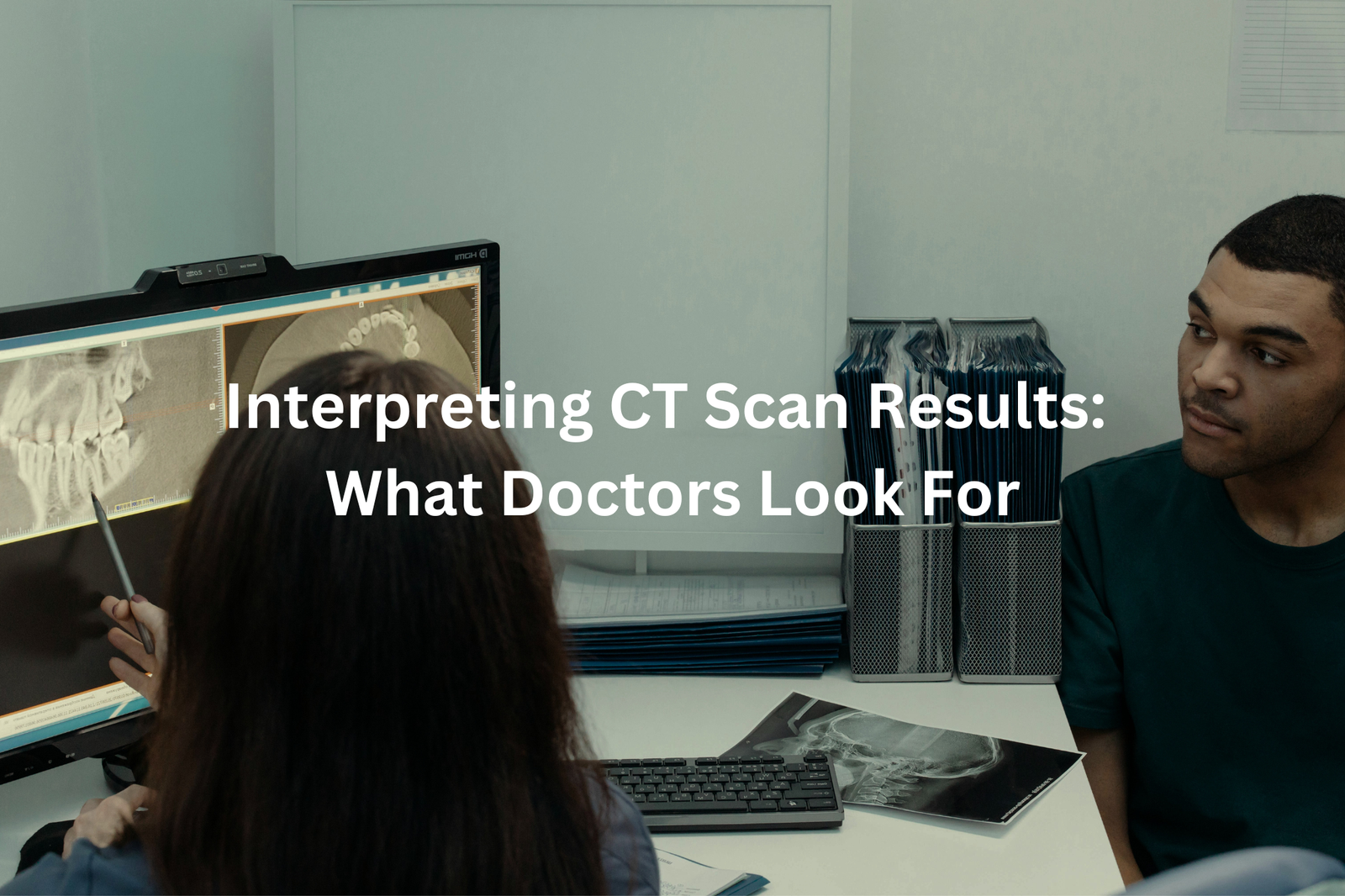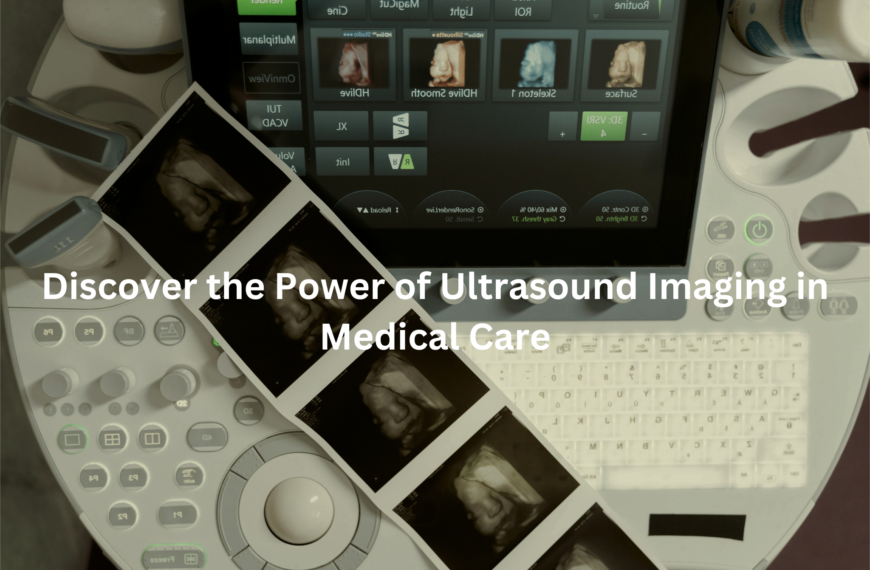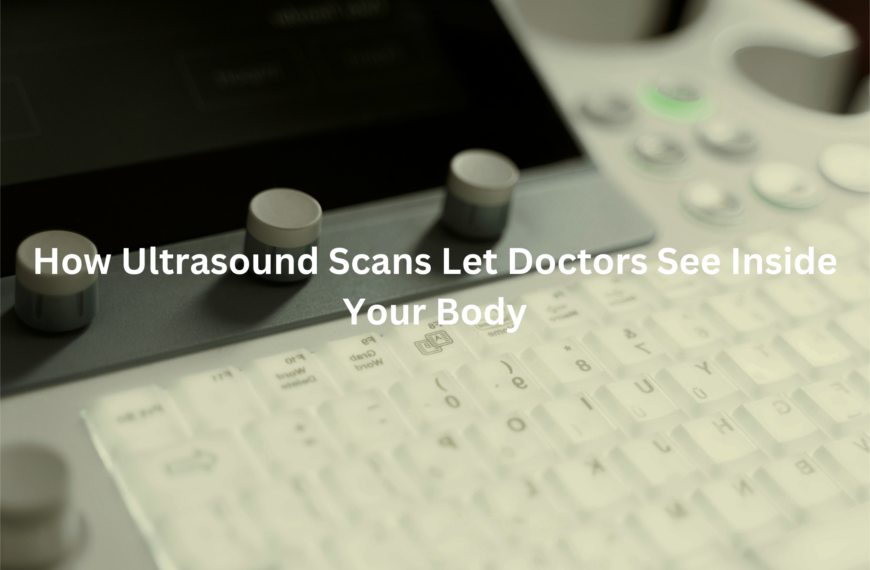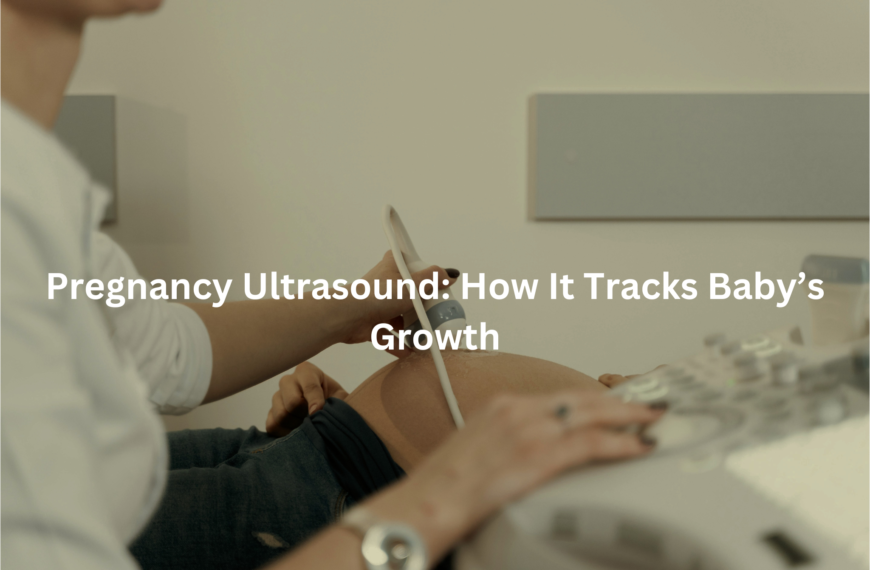Interpreting CT scan results can be confusing. Learn how to understand what’s happening inside your body and what to ask your doctor for clarity.
Getting a CT scan can be a bit scary. You might feel anxious about what the pictures show and what the doctor will discover. My first scan was nerve-wracking too. Understanding those results is key for patients and doctors alike. CT scans show detailed images of your organs and tissues, helping doctors spot problems like injuries or diseases.
When you get your results, ask your doctor to explain what they see. Remember, it’s okay to have questions. So, keep reading to learn more about how to interpret CT scan results effectively and what to discuss with your doctor.
Key Takeaway
- CT scan results show images of your body with different shades and colours.
- Radiologists use the Hounsfield scale to measure tissue density.
- Always talk to your healthcare provider about your results and any next steps.
What to Expect in CT Results
Getting your CT scan results is like looking at a black-and-white map of your insides(1). The images are slices of your body, taken from different angles, and they’re all shades of grey. Bone shows up white because it’s dense, while muscles and fat are lighter or darker greys. Air looks black. These shades are based on the Hounsfield scale, which measures tissue density (water is zero, bone is high, fat is low).
A radiologist, a doctor trained to read these images, will study them carefully. They’re looking for anything unusual, like signs of disease or injury. If something doesn’t look quite right, they might suggest more scans or tests to be sure.
It might seem confusing at first, but your healthcare team is there to help explain it all. Just remember, those grey tones and numbers are the clues doctors use to figure out what’s happening inside your body.
Common Terminology
Looking at your CT scan report, you might notice it’s packed with big medical words. Don’t stress! Most of these are just technical names for body parts or findings. Radiologists are trained to spot small changes—things like unusual sizes, shapes, or densities.
If the report mentions “abnormalities,” it doesn’t mean something terrible. It just means the radiologist saw something different from the usual. For example, it could be:
- A tumour: An unusual growth in tissue or bone.
- A fracture: A break or crack in a bone.
- Swollen lymph nodes: These might suggest an infection or other condition.
- Blocked blood vessels: Could point to clots or heart-related issues.
Abnormal findings often need more tests to figure out what’s going on, but they don’t always mean something serious. If you’re unsure about the terms, ask your doctor—they’ll explain it all in plain English.
Interpreting Abnormal Findings
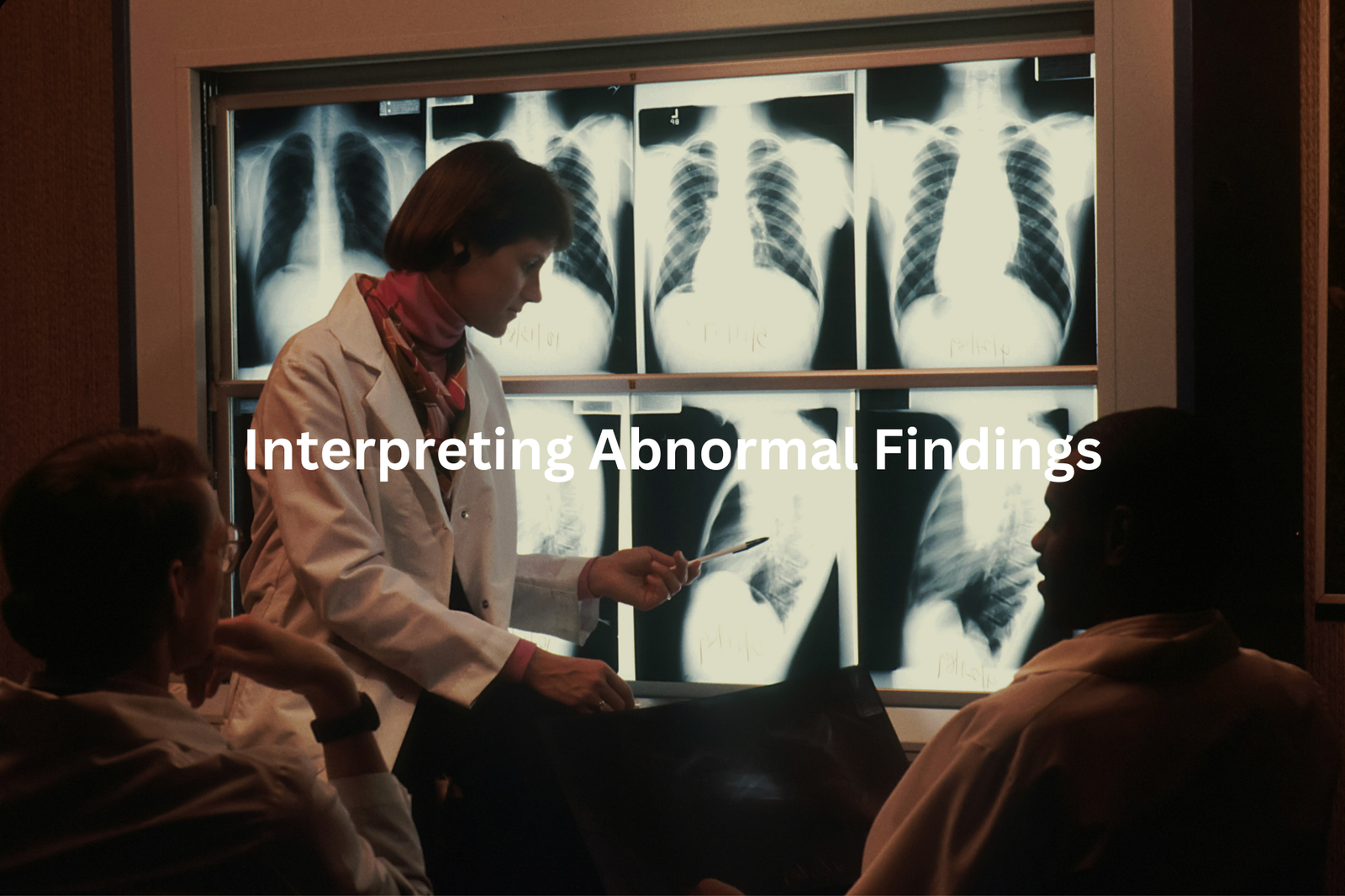
When a radiologist notices something unusual in your CT scan, they’ll often have a plan to figure it out(2). This might mean more tests, like a biopsy (where they take a tiny bit of tissue to examine), or another imaging test, like an MRI or ultrasound, to get a clearer picture. Sometimes, they’ll just suggest keeping an eye on things with follow-up scans. It’s like solving a puzzle—each piece helps them see the full picture.
If this happens, try not to worry too much. Radiologists and doctors are trained for this. They’ve looked at heaps of scans before and know what they’re doing.
What’s really important is asking questions. If your doctor suggests more tests or follow-ups, don’t hesitate to ask why. If a term confuses you, ask them to explain it simply. It’s your health, and understanding the process will help you feel more confident about what’s next.
Importance of Follow-Up
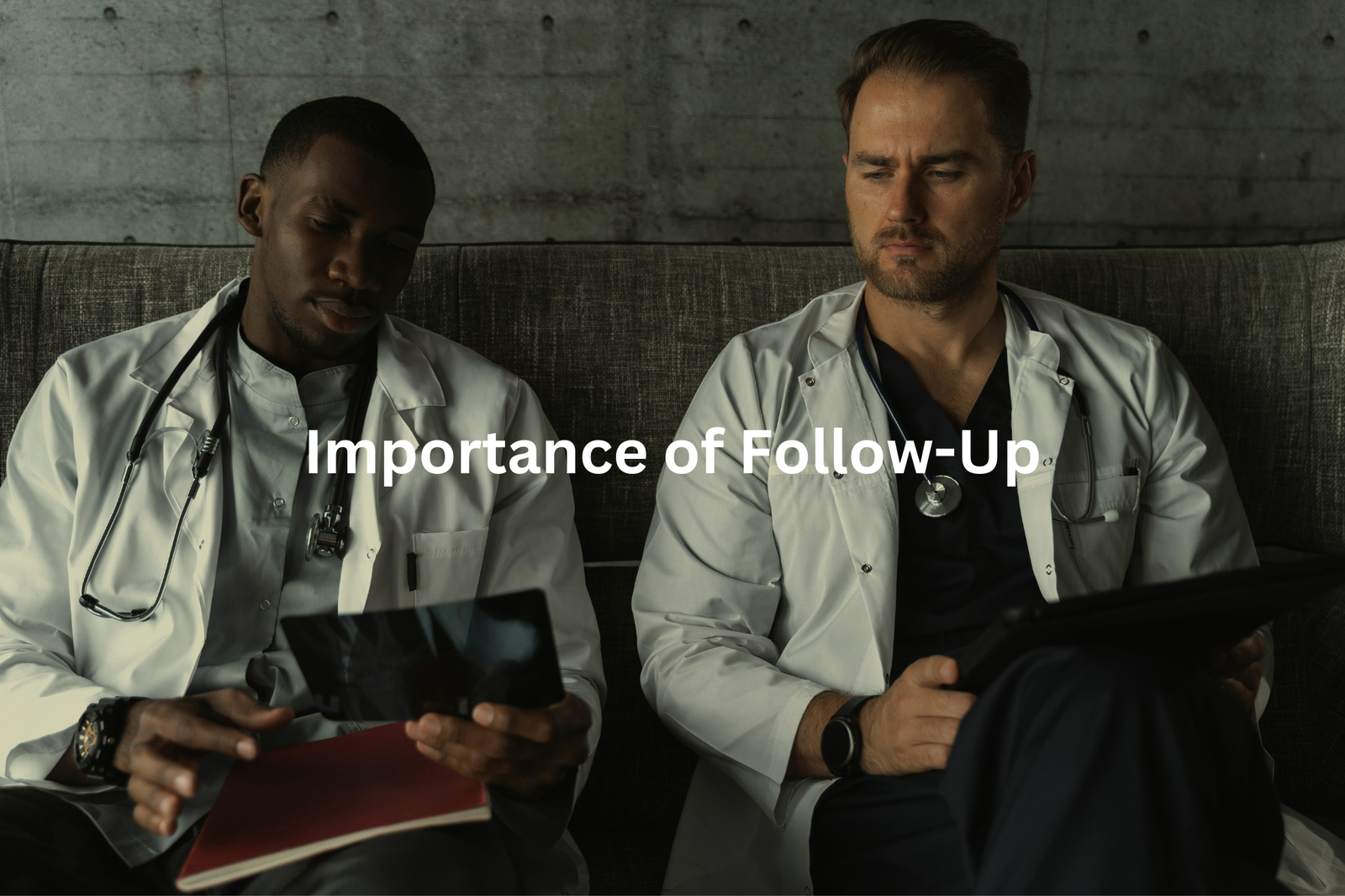
It’s funny how time changes things. A simple scan can turn into something you need to keep an eye on(3). That’s what follow-up CT scans are for. They’re like check-ins to see if everything’s staying the same or if something’s shifted. For conditions like lung cancer or kidney stones, these scans help doctors track changes.
You might need a scan every few months. It’s not just about spotting problems—it’s about catching them early. Early fixes are often easier than late ones.
Here’s why they’re important:
- Lung cancer: Shows if tumours are shrinking or growing.
- Kidney stones: Tracks if stones are moving or causing pain.
- Fractures: Checks if bones are healing properly.
If you don’t understand your results, ask. Doctors are there to explain. It’s your body, after all. Staying curious and involved makes a big difference in your health.
Risks and Limitations
Sources: MAYO Clinic.
CT scans are a brilliant medical tool, but they do have some risks. One of the main concerns is radiation exposure. While doctors take steps to minimise it, having too many scans over time might increase risks. If you’ve had several CT scans, it’s worth discussing with your doctor. They can suggest alternatives like MRIs, which don’t use radiation.
Another issue is false results. A false positive means the scan shows something that’s not really there, like a tumour that doesn’t exist. A false negative is when the scan misses something important, like a small fracture or growth. Both can be frustrating or even worrying, but radiologists are experts at interpreting scans.
Here’s a quick breakdown:
- False Positive: Something unusual shows up but isn’t a real issue.
- False Negative: The scan misses a problem.
- Radiation Exposure: Too much scanning can increase risks.
Always ask your doctor questions—they’re there to help!
FAQ
What is a CT exam?
A CT (Computed Tomography) exam, also known as a “cat scan,” is a medical imaging test that uses X-ray beams and a computer to create detailed images of the body. It provides a detailed, cross-sectional view of the body’s internal structures, including bones, organs, and soft tissues.
How does a body CT scan work?
In a body CT scan, the patient lies on a moving exam table that slides into a short, doughnut-shaped tunnel. The CT scanner sends narrow X-ray beams through the body, and detectors on the other side measure the amount of X-rays that pass through. A computer then assembles this information into a series of images.
What is the difference between a CT scan and a PET scan?
A CT scan uses X-ray beams to create detailed images of the body’s structures, while a PET (Positron Emission Tomography) scan uses a small amount of radioactive tracer to detect changes in the body’s cells and tissues. PET scans can provide information about the function and metabolism of organs and tissues, while CT scans focus more on the body’s anatomy and structure.
How do I prepare for a CT exam?
For most CT exams, you may be asked to avoid eating or drinking for a certain period of time before the test. You may also need to drink a small amount of oral contrast dye or receive an injection of intravenous (IV) contrast dye to help certain structures show up more clearly on the images. It’s important to follow any specific instructions provided by your healthcare provider.
How long does a CT scan take?
The actual scanning process is usually fast and easy, taking only a few minutes. However, the entire CT exam, including the time for preparation, the scan itself, and any necessary aftercare, can take anywhere from 30 minutes to an hour or more, depending on the complexity of the exam.
What can a CT scan detect?
CT scans can be used to detect a wide range of conditions, including:
- Bone fractures and bone disease
- Blood clots in the lungs (pulmonary embolism) or other blood vessels
- Tumours, cysts, or other abnormal growths in the body
- Organ damage or disease, such as liver disease or kidney stones
- Signs of heart disease, such as calcium buildup in the arteries
Are there any side effects from a CT scan?
CT scans use a small amount of radiation, which is generally considered safe. However, there is a small risk of side effects, such as a metallic taste in the mouth or a feeling of warmth or flushing if contrast dye is used. Serious side effects are rare, but it’s important to inform your healthcare provider if you have any concerns or medical conditions, such as kidney disease, that may affect your ability to receive contrast dye.
How often can I have a CT scan?
The frequency of CT scans can vary depending on the medical condition being evaluated and the need for ongoing monitoring. Your healthcare provider will determine the appropriate number and timing of CT scans based on your individual circumstances and the potential benefits and risks of the procedure.
Conclusion
Getting your CT scan results can feel tricky, but it can be simple if you take the right steps. The images can show important things about your health. Always check in with your doctor about what the results mean and what to do next. This helps you feel in charge of your health. So remember, don’t hesitate to ask questions when you get a CT scan. Being involved in your health care is really important!
References
- https://visionradiology.com.au/results-and-images/
- https://wradi.com.au/utility-of-ct-in-modern-medicine/
- https://www.epa.nsw.gov.au/~/media/EPA/Corporate%20Site/resources/radiation/ctbodyscan.ashx

